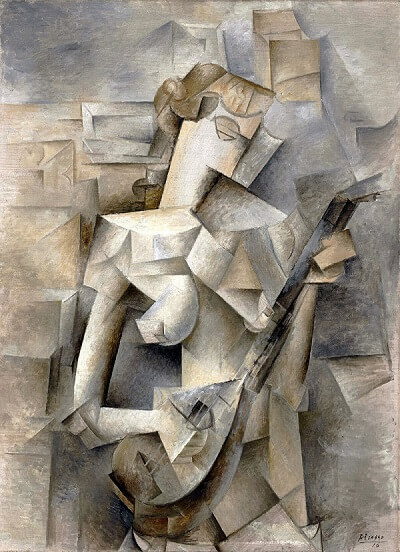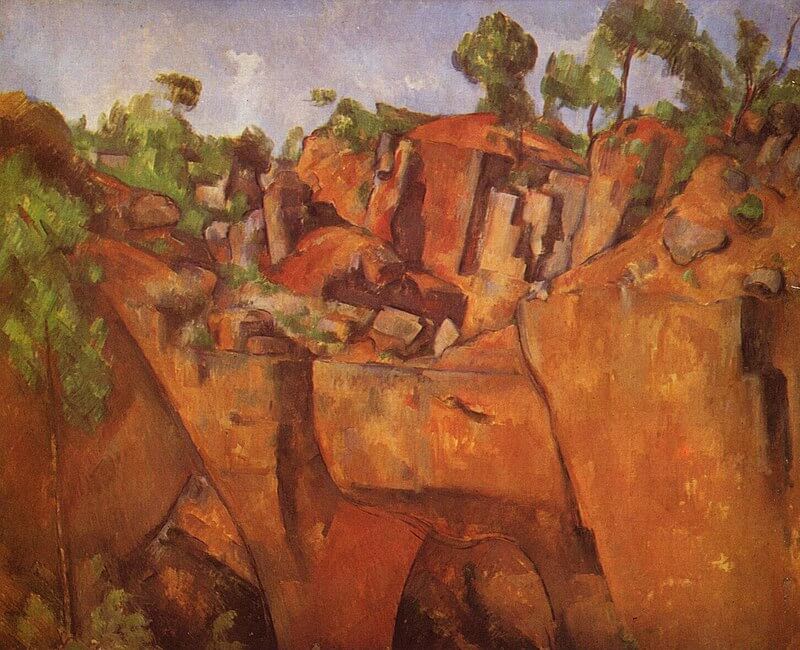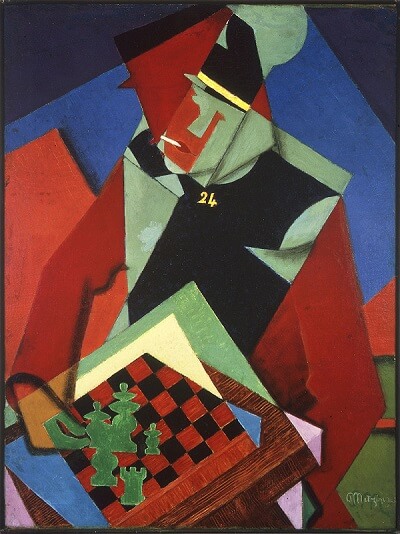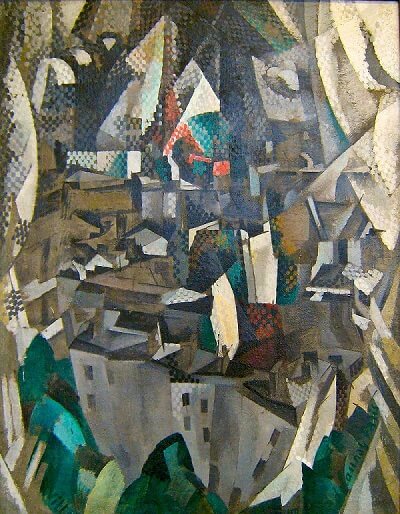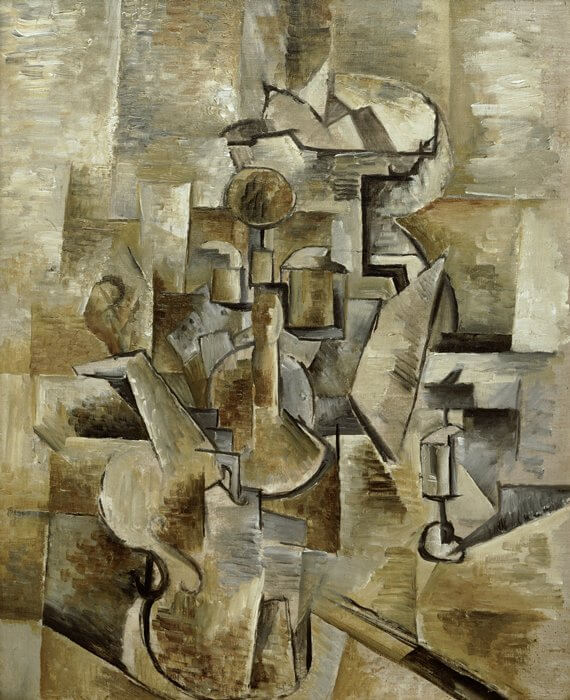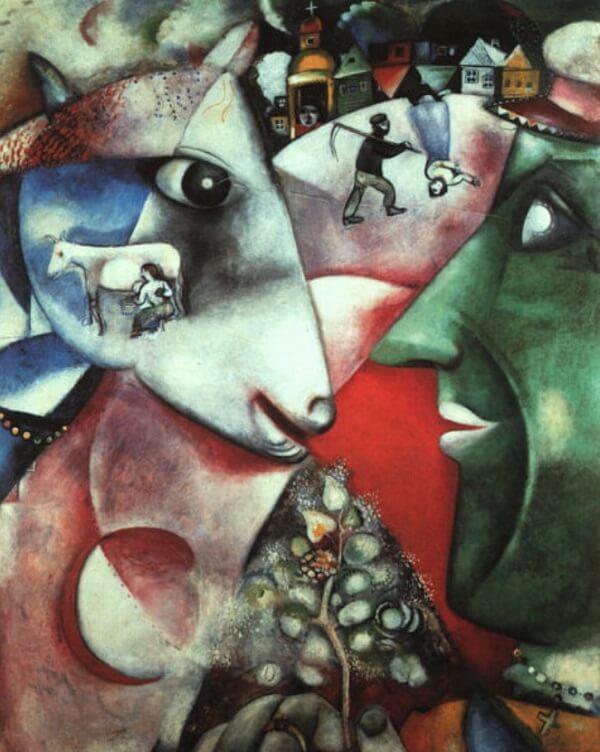Activity 1: Can You Find It?
Find the following in the artwork:
- Goat Being Milked
- Large Goat or Sheep
- Tree
- Milkmaid
- Man Carrying a Scythe
- Upside-down Violinist
- Church Cross
- 2 Necklaces with Cross Pendants
- Hat
- Upside-down Houses
Activity 2: Narrate the Artwork
- After studying the artwork, narrate the scene shown aloud using your own words.
Activity 3: Map the Artwork
- Marc Chagall was born in present-day Belarus.
- Find Belarus on the map of Europe.
- Recite aloud the countries bordering Belarus.
- What is the name of the capital of Belarus?
- Is Belarus in western Europe or eastern Europe?
Activity 4: Classify the Artwork
- This artwork belongs to the cubism art movement.
- Find cubism on the timeline.
- During which approximate years did cubism flourish?
- Which art movement followed cubism?
Activity 5: Recreate/Color the Artwork

- Click the crayon above and complete page 16 of 'Fifth Grade Art History Coloring Book.'
